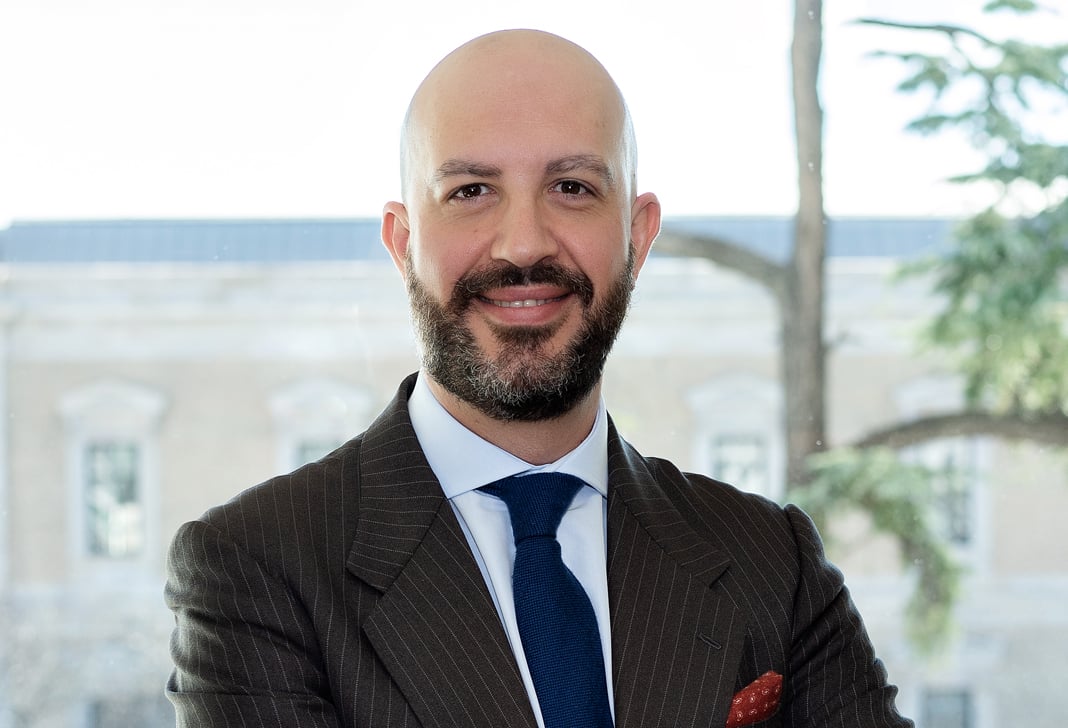
EU and U.S. Regulatory Sandboxes: Groundbreaking Tools for Fostering Innovation and Shaping Applicable Regulations
In Short
The Situation: Regulatory "sandboxes" are trending. They represent a unique approach to regulation that permits selected companies to test and experiment with new and innovative products and services.
The Result: Policymakers in various jurisdictions, including the European Union and the United States, are using regulatory sandboxes as a tool to foster innovation and develop regulations better suited to emerging technologies.
Looking Ahead: The latest experiments with regulatory sandboxes in the United States and Europe are still in their early stages and their effectiveness remains to be seen. Unanswered questions surrounding their overall impact on competition, benefits for consumers, and success of the participants beyond the sandbox will persist for years to come.
Background: A regulatory sandbox can be defined as a "safe space" that permits selected companies to test and experiment with new and innovative products, services, or activities in a more flexible regulatory framework under the supervision of a regulator for a limited timeframe. The UK Financial Conduct Authority is credited with creating the first formal regulatory sandbox, and since then, policymakers have begun to deploy regulatory sandboxes in myriad contexts.
United States: Regulatory Sandboxes for Blockchain Innovators
Numerous state legislatures and regulators have proposed or considered regulatory sandbox program for blockchain and fintech innovations more broadly. So far, eight States have enacted a sandbox program, beginning in 2018 with Arizona and followed by Florida, Hawaii, Nevada, North Carolina, Utah, West Virginia, and Wyoming. The U.S. sandbox programs have significant differences. Notable differences include: (i) the sandbox's scope (some are comparatively narrower in focus than others); ii) which entity administers the sandbox (some are administered by state entities other than prospective future regulators); and (iii) the pool of participants (some programs contemplate a specific and limited cohort of approved participants while others appear to be based on applicants received into the sandbox over time).
The regulatory sandboxes in the United States currently only exist at the state level. Innovators should be mindful that defining their conduct as purely "intrastate" may be a difficult exercise—and one with real consequences. Once conduct crosses a state line, it generally becomes an "interstate" matter that is the subject of potential federal regulatory oversight. Some federal authorities may also be even more aggressive and argue that intrastate conduct has an effect on interstate commerce and thus raises issues subject to federal oversight. Caution is warranted in light of the recent history of investigations and settlements involving cryptocurrency and other fintech firms, both criminal enforcement actions by the U.S. Department of Justice and civil enforcement actions by the SEC, CFTC, FinCEN, and other regulators.
European Union: DLT Pilot Regime (2022)
The DLT Pilot Regime, which came into force on 23 March 2023, is a regulatory sandbox allowing regulated firms to operate three different kinds of DLT (Distributed Ledger Technology) market infrastructures: (i) a DLT multilateral trading facility; (ii) a DLT settlement system; or (iii) a combination thereof called DLT trading and settlement systems, exclusively for financial instruments within the meaning of Directive 2014/65/EU on markets in financial instruments (MiFID II) that are issued, recorded, transferred, and stored using DLT.
The DLT Pilot Regime provides for a limited set of exemptions to current rules so as to adapt the regulatory framework to the specificities on DLT financial instruments. Existing or new players may apply for these authorizations, to the extent that any requested exemption is complemented by alternative measures ensuring equivalent protection of the market and investors. However, apart from these limited exemptions, all other rules deriving from the existing EU legal framework applicable to these activities shall be complied with.
Recently, the European Securities and Markets Authority (ESMA) published new guidelines and updated Q&As regarding this new DLT Pilot Regime to provide guidance to stakeholders seeking to be involved in this experimentation. Even though the DLT Pilot Regime just entered into force on 23 March 2023, across Europe, a number of market participants (notably Fintechs) have already filed an application under the DLT Pilot Regime with their national authorities to start building a (regulated) DLT market infrastructure in Europe.
European Union: Blockchain Regulatory Sandbox (2023)
In addition to the DLT Pilot Regime, the European Commission has launched the European Blockchain Regulatory Sandbox, which is an additional sandbox to be used for other innovative applications, including broader blockchain projects.
It establishes a pan-European framework for regulatory dialogues to increase legal certainty for innovative blockchain solutions. It aims to annually support 20 projects, including public sector use cases. Successful projects will be selected through calls for expression of interest, and every year the most innovative regulator participating in the Sandbox will be awarded a prize.
The European Regulatory Sandbox complements the DLT Pilot Regime because DLT offers wider utility beyond financial services, such as digital identities as well as combatting counterfeit identities, securing personal health data, and facilitating tax processes. However, legal uncertainty remains an obstacle with DLT governance being shared between multiple unorganized actors. The European Blockchain Regulatory Sandbox addresses this need by offering a trusted environment for regulators and innovators of DLT technologies to communicate, share expertise, and shape legislation.
Three Key Takeaways
- In the United States, several state legislatures and regulators have established a regulatory sandbox including (or specifically focusing on) blockchain-based innovations.
- In the European Union the DLT Pilot Regime came into effect on 23 March 2023, focusing on market infrastructures based on blockchain technology.
- More recently, the European Union launched the European Regulatory Sandbox complementing the DLT Pilot Regime to explore the use of blockchain technology in areas other than financial services.









